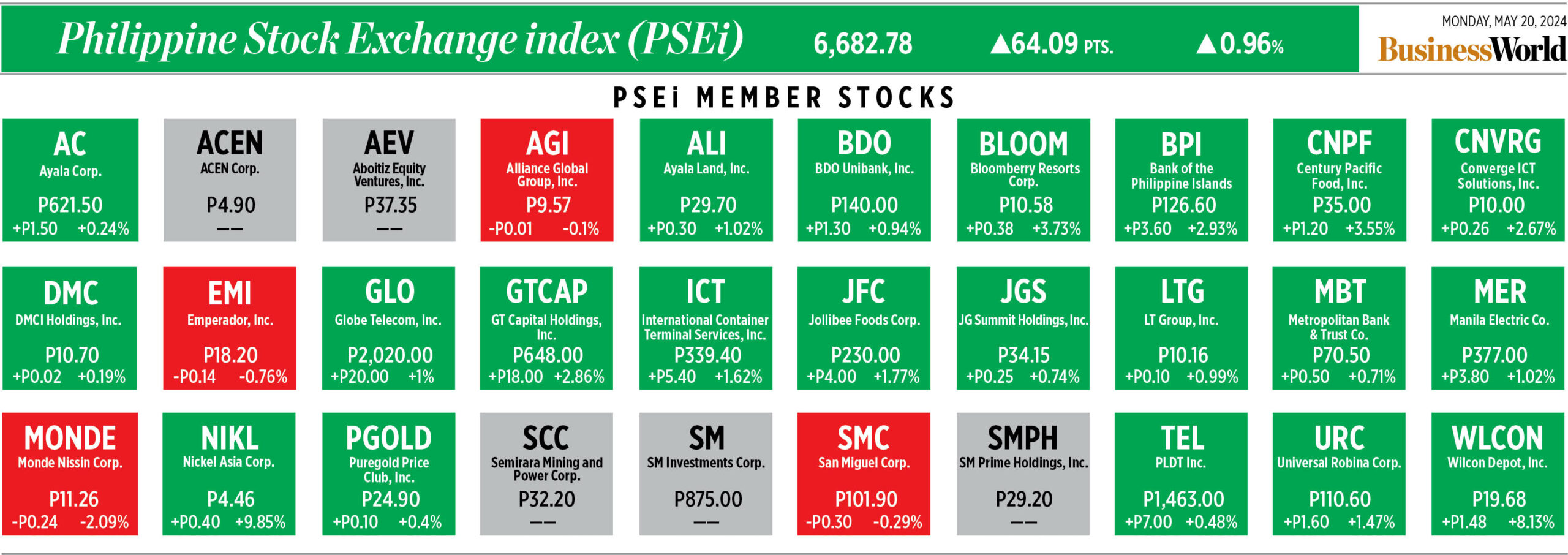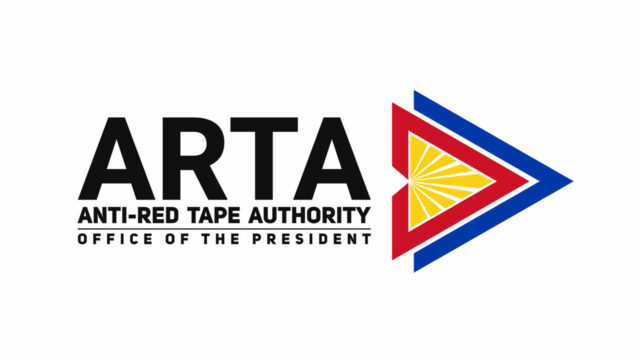MPIC’s mWell expands digital healthcare product line
MWELL, the digital healthcare arm of Metro Pacific Investments Corp. (MPIC), announced on Monday its expanded line of digital healthcare products.
This includes the Mind Health Score feature and the new generation of mWell watches and rings.
“The number of hospitals in aggregate in this country is about 2,000 hospitals. We represent only about 1.2% in number… but that’s still not enough to adequately cover the healthcare requirements of our people,” mWell Chairman and MPIC Chairman and Chief Executive Officer Manuel V. Pangilinan said during the launch event.
Mr. Pangilinan said that this is why the company deploys technology to expand the reach of Metro Pacific hospitals and services.
“People’s health actually determines the country’s economic progress. We think that health is the basic right for all, equal to clothing, shelter, food, because health enables all of those things to be enjoyed,” said mWell CEO and President and MPIC Chief Finance, Risk, and Sustainability Officer June Cheryl Cabal-Revilla.
The mWell application is an integrated platform that allows online consultation, daily health tracker, financial wellness, laboratory, pharmacy, home care and emergency quick response.
According to the company, the Mind Health Score feature serves as a “personal compass as you go on a self-guided journey towards enhancing emotional, social, and cognitive well-being.”
The user can evaluate their thoughts, emotions, decisions, and goals with full awareness.
It also helps to understand the person’s triggers to help reduce stress and even offers a playlist featuring guided meditations for stress relief, relaxation, and better sleep.
The mWellness Score can also pull in data from both Apple Health and Google Fit.
Meanwhile, the mWell watches let users track their workouts, physical activities and overall wellness. The watch includes 100 exercise modes, heart rate, and blood oxygen.
“Paired with the mWell app, it allows app users to view daily mWellness Score based on exercise, light activity, sedentary time, and step count,” the company said.
mWell also introduced its light and smart mWell ring that tracks sleep and important health metrics, including heart rate, heart rate variability, resting heart rate, and average oxygen saturation.
“Using the mWell Ring paired with the mWell app, one will be able to view Total sleep report, light sleep, deep sleep, rapid eye movement (REM) sleep — all in one tracker,” mWell said.
The ring is built with Titanium and comes with a seven-day battery life. It is also water resistant, lightweight and scratch free.
In terms of prices, the Power Smart Watch and Prestige Smart Watch retail for P2,499 and P2,999, respectively.
The rings have a special introductory price of P8,999 with free shipping. The available colors are silver, black, and bronze, in sizes 6-13 inches.
Metro Pacific Health Tech Corporation (MPHTC) is a wholly owned subsidiary of MPIC.
MPIC is one of the three key Philippine units of Hong Kong-based First Pacific Co. Ltd., the others being Philex Mining Corp. and PLDT Inc.
Hastings Holdings, Inc., a unit of PLDT Beneficial Trust Fund subsidiary MediaQuest Holdings, Inc., has a majority share in BusinessWorld through the Philippine Star Group, which it controls. — Aubrey Rose A. Inosante















